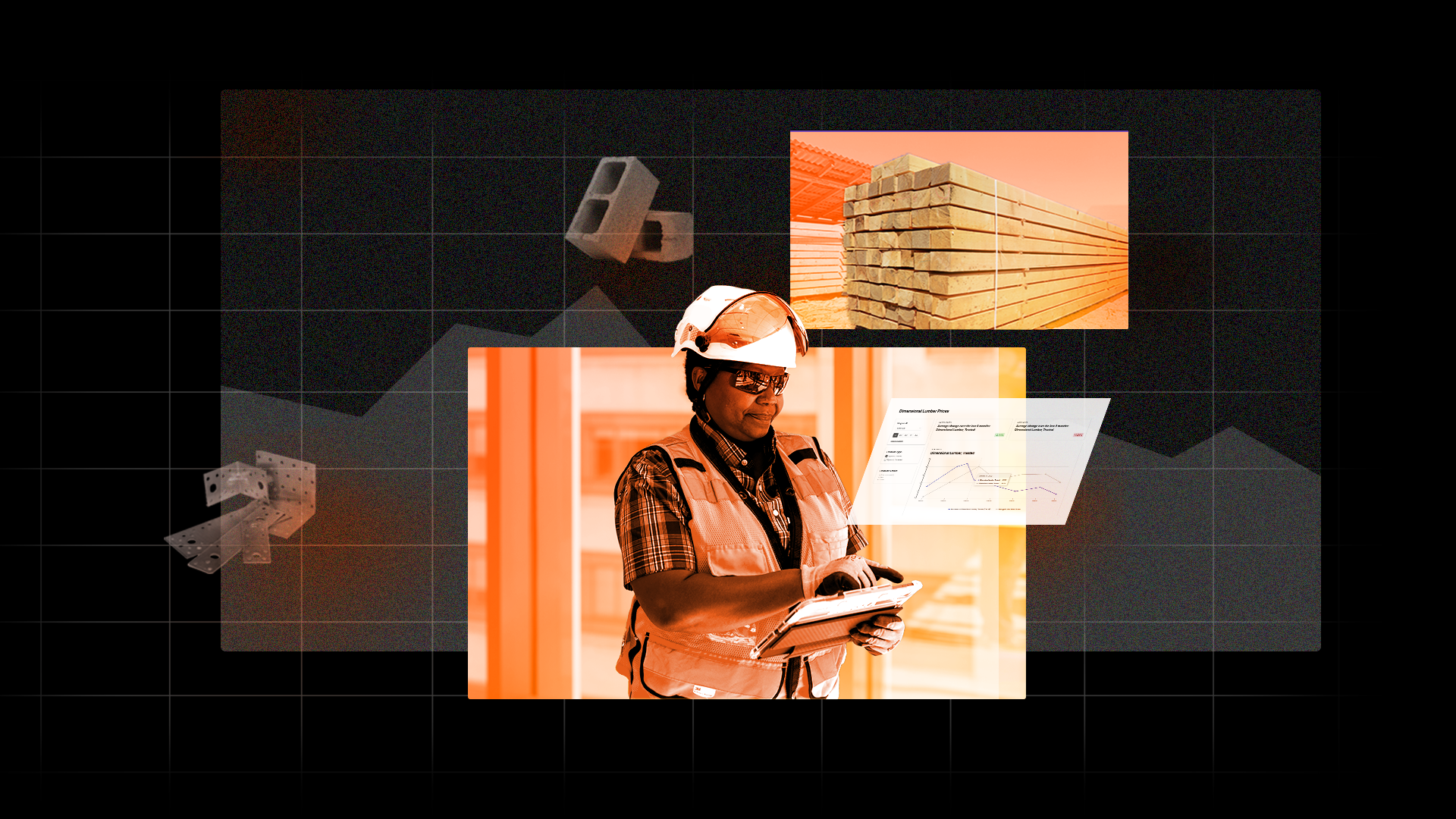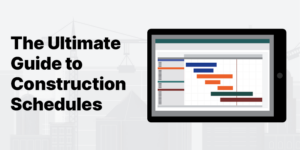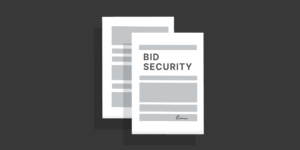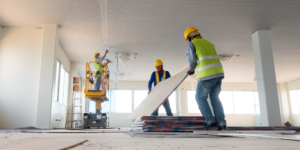Library
Construction Educational Library

Project Management
From buyout to closeout, managing a construction project is a monumental undertaking. Learn best practices and pro tips for coordinating trades, managing quality and costs, predicting safety incidents and more.

The Ultimate Guide to Construction Project Management
The journey from design to project delivery demands meticulous planning, seamless coordination and unwavering commitment... Read More

The Ultimate Guide to Construction Scheduling
A successful construction project requires careful project management, and one tool stands out as the cornerstone: the construction schedule. Think of it as a

QC in Construction: How Builders Manage Quality Control
In construction, quality control (QC) refers to the procedures and activities to directly monitor, regulate, and correct deficiencies in the quality of materials, methods,

8 Tips for Managing Multiple Construction Projects
By its nature, construction work is a juggling act, with project managers and general contractors (GC) constantly adapting to changing conditions, planning to make
Preconstruction
Project success starts during planning. Learn how to develop accurate estimates, write winning bids, and prequalify the contractors you hire.

Pro Forma Explained: How Construction Developers Predict Financial Success
Understanding the financial nuances of construction projects requires a deep dive into forecasting, planning and financial evaluation to determine a project’s success and profitability.

Bid Security in Construction: How Project Owners & Contractors Benefit
For project owners, the construction bidding process is a complicated and risky endeavor. They want to select the best GC or construction management firm.

Successfully Navigating Public-Private Partnerships in Construction
A Public-Private Partnership (PPP or P3) is a contractual agreement that sees government agencies and private companies working together to build major infrastructure projects.

Don't Underestimate the Estimator: Key Responsibilities of Construction Estimators
In construction, the estimator's role is fundamental to project success... Read More
Financial Management
Learn how construction businesses effectively manage working capital, accounting processes, and company growth.

7 Tips to Improve Accounts Payable in Construction
The importance of accurate accounts payable and other accounting records... Read More

The Construction Bidding Process Explained
Understanding how the construction bidding process works can help your company effectively bid and win more contracts. Let's talk about the basics.

The 5 Key Types of Construction Contracts
There are five common types of construction contracts: lump sum (or fixed price), time and materials (T&M), unit price, guaranteed maximum price (GMP), and

Contractor Financing: The Complete Guide
The financial success of a construction business depends largely on its ability to manage cash flow. Throughout a project, contractors face a significant outlay
Health & Safety
Construction is a dangerous industry. Take steps to make your jobsites safer for workers, analyze data to predict and mitigate future risks, and comply with government regulations.

Creating a Culture of Safety in Construction
In construction, a positive safety culture impacts a company’s productivity, reputation and worker morale — and it also affects the bottom line. Always a

9 Tips for Effective Subcontractor Management
Subcontractor management, the overseeing, supervision and coordination of subcontractors, profoundly impacts the overall success of a construction project. This integral piece is usually shouldered

How to Leverage Construction Field Reports for Project Success
In the fast-paced and complex construction world, effective documentation is not just a bare minimum requirement — it’s a necessity for success. Among the

Jobsite Security: Assessing and Minimizing Construction Site Risks
Assessing security needs for a construction site early can save... Read More
Risk Management
Learn how to identify, mitigate, and manage the variety of risks construction businesses face in the industry.

10 Common Construction Risks for Contractors & Owners
Construction is a tough, often volatile industry, with one of... Read More

Builder’s Risk vs. General Liability for Contractors: What’s the Difference?
Construction businesses need many different types of insurance to mitigate the risks associated with building projects. Two of the most common insurance policies that

Performance Bonds for Construction Explained
Performance bonds provide a guarantee that a contractor will fulfill all of their obligations under a construction agreement. Performance bonds are a subset of

Contractor Bonds vs. Insurance: What to Know
As a contractor, it’s important to have the right protections in place before a project kicks off. To protect your company against third-party lawsuits,
Free Tools
Calculators
Use our calculators to estimate the cost of construction materials for your next project.
Templates
Find a template to help you with your construction project tasks.
Material Price Tracker
Get the latest U.S. retail prices and view historical trends for common building materials.
Glossary
Explore key terms and phrases used in the industry.
Made for the construction industry, by the construction industry.
Our articles are crafted with insights from those who know the construction industry best. Business owners, executives, project managers, and industry leaders share their experiences and expertise to provide you with valuable, real-world knowledge.

Founder and CEO
CrewCost

Field Team Leader, RNGD

Senior Industry Consultant
Procore Technologies

Project Manager
Halse-Martin Construction
All Resources
Featured Topics
122 Articles
98 Articles
94 Articles
42 Articles
105 Articles
43 Articles
156 Articles
47 Articles
128 Articles
Explore data and trends for building materials prices.
Get the latest U.S. retail prices and view historical trends for common building materials.
Page: